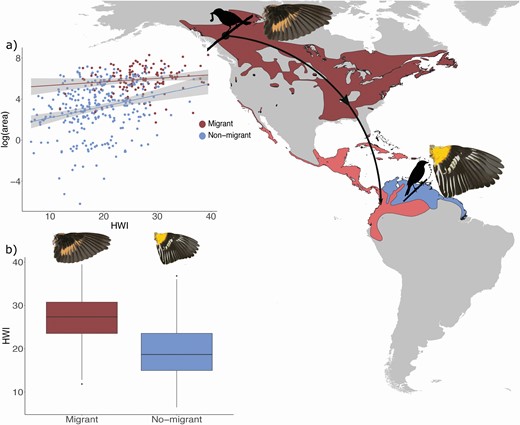Generic revisions
This is fascinating stuff! Fascinating that Pheucticus is nearly as old as Cardinalidae itself and that lineages within Thraupidae are so old, nearly as old as the family itself.
But it also made me wonder about possible generic revisions. I know a genus is a very arbitrary classification unit, but shouldn't at least there be some consistency within families with respect to branch lengths? If so, Barker et als excellent tree gives at hand the following possible splits and lumps:
Splits
* Emberiza into (at least) four genera, very deep splits 8-9,5 MYA
* Amphispiza, the split older than sister clade Chondestes/Calamospiza (among others)
* Arremon into four genera (splits older than Passerella/Spizelloides/Junco/Zonotrichia)
* Myiothlypis (split as old as Cardellina/Basileuterus split)
* Sturnella
* Icterus into two or three genera
* Piranga
* Bangsia
* Tangara
Lumps
* Melospiza/Xenospiza/Baird's Sparrow-clade is younger than several within-genera splits, could also include Henlow's and Passerculus.
* Xanthopsar and Pseudoleistes very closely related
This is fascinating stuff! Fascinating that Pheucticus is nearly as old as Cardinalidae itself and that lineages within Thraupidae are so old, nearly as old as the family itself.
But it also made me wonder about possible generic revisions. I know a genus is a very arbitrary classification unit, but shouldn't at least there be some consistency within families with respect to branch lengths? If so, Barker et als excellent tree gives at hand the following possible splits and lumps:
Splits
* Emberiza into (at least) four genera, very deep splits 8-9,5 MYA
* Amphispiza, the split older than sister clade Chondestes/Calamospiza (among others)
* Arremon into four genera (splits older than Passerella/Spizelloides/Junco/Zonotrichia)
* Myiothlypis (split as old as Cardellina/Basileuterus split)
* Sturnella
* Icterus into two or three genera
* Piranga
* Bangsia
* Tangara
Lumps
* Melospiza/Xenospiza/Baird's Sparrow-clade is younger than several within-genera splits, could also include Henlow's and Passerculus.
* Xanthopsar and Pseudoleistes very closely related








